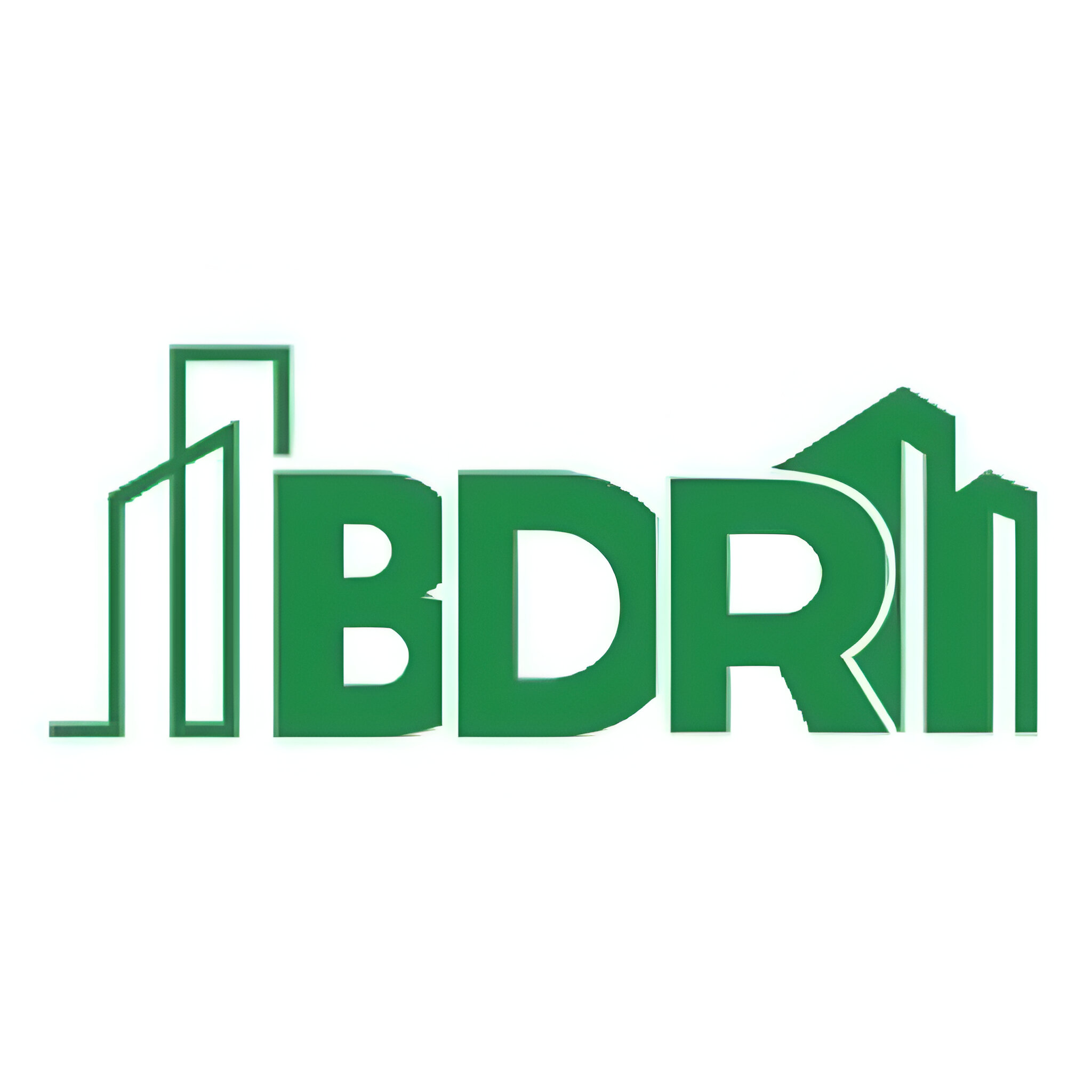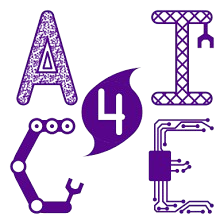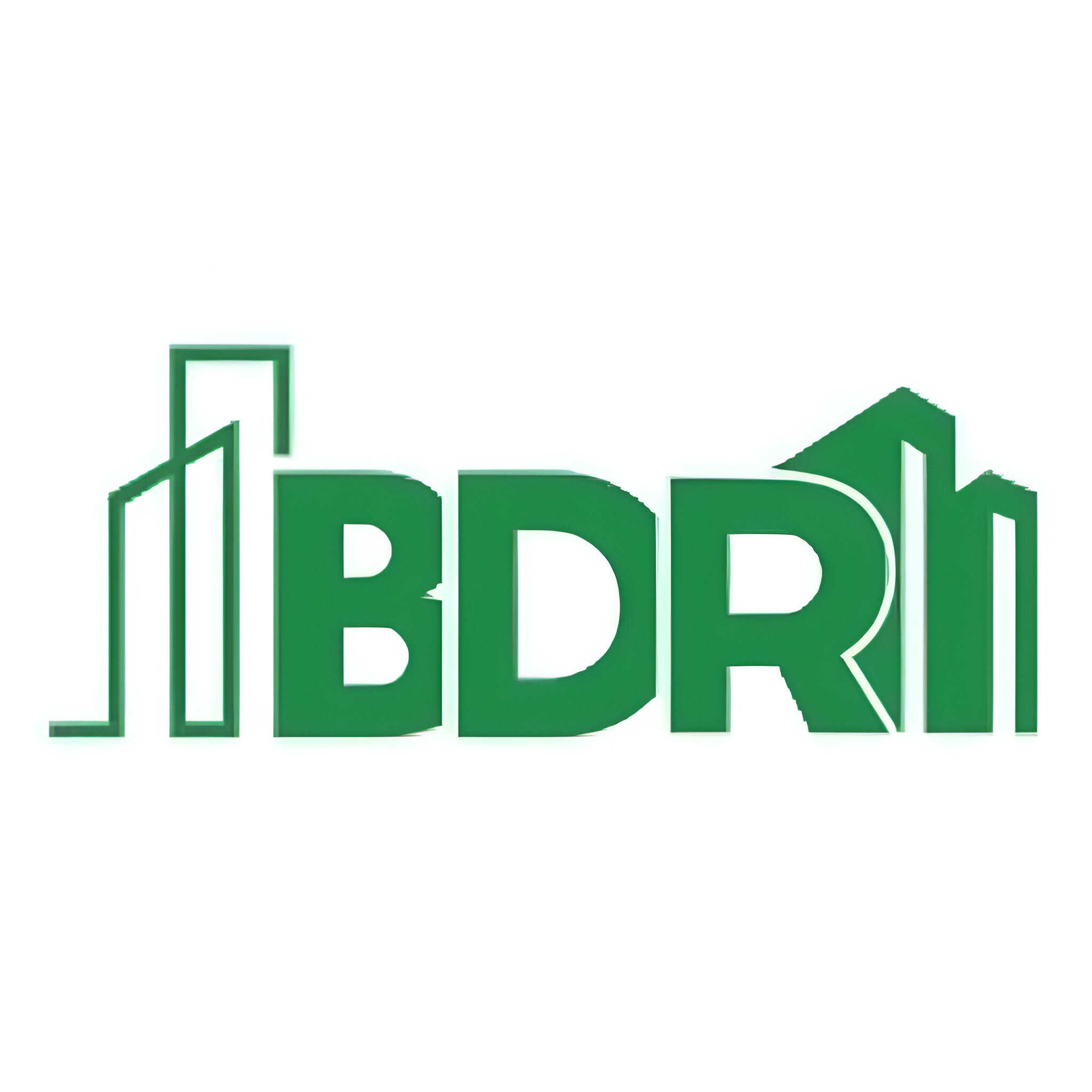Advanced Inspection Services
Choose from our cutting-edge robotic inspection solutions designed to save you time, money, and provide unmatched accuracy.
Call us today at (510) 514-9518 for a free consultationWhy Choose Our Robotic Inspection
Our technology delivers measurable advantages over traditional inspection methods.
Questions? Call (510) 514-9518 for a free consultation50% Cost Savings
Cut your inspection costs by more than half compared to traditional methods while getting more detailed and accurate results.
Prevent Costly Damage
Detect issues before they cause $100,000+ in structural damage and extend your building's lifespan by years.
75% Faster Results
Complete comprehensive inspections in hours instead of days or weeks, with detailed reports delivered within 24-48 hours.
Accuracy Rate
Detect rebar location, corrosion, voids, and cracks with 90% accuracy using advanced Ground Penetrating Radar.
Comprehensive Reports
Receive detailed digital reports with high-resolution imagery, structural maps, and actionable recommendations.
Nationwide Service
We serve businesses across the United States with our mobile inspection units and rapid deployment capabilities.
Serving Businesses Across America
Our mobile inspection units are ready to deploy to your location, with coverage all over America
Our headquarters is located in Brooklyn, NYC with service coverage throughout the United States
Not seeing your state highlighted? Contact us anyway - we're rapidly expanding our coverage!
What Our Clients Say
Hear from building owners and contractors who have transformed their inspection process.
We have more than 4,000 buildings in the city. Roofus would help us bridge the gap that our department resources can't cover.
Existing technology doesn't allow my team to scan more than one building a day, and BDR's solution would allow me to do that
This technology would allow my team to significantly cut down mobilization costs for projects in distant areas such as Puerto Rico
Join our satisfied clients across the United States
Call us today at (510) 514-9518 for a free consultation
Founded in Brooklyn, Serving Nationwide
Building Diagnostic Robotics (BDR) was founded in Brooklyn, NY by a team of robotics engineers and building professionals dedicated to transforming how inspections are performed.
Our mission is to help building owners and contractors save money, prevent damage, and extend building lifespans through advanced technology that makes inspections faster, safer, and more accurate.
We now serve clients across the United States, bringing our innovative inspection technology to commercial buildings, industrial facilities, and multi-family properties nationwide.

National Science Foundation (NSF)

NYU AI4CE Lab

Archdiocese of New York

Save 50%+ on Your Next Inspection
Contact us today to schedule your inspection or request a free quote.
Fast Response Guaranteed
We typically respond to all inquiries within 2 hours during business hours.
Contact Us
By submitting this form, you agree to our Terms & Conditions
Visit Us
Our headquarters in Brooklyn, NY.
19 Morris AveBrooklyn, NY 11205
